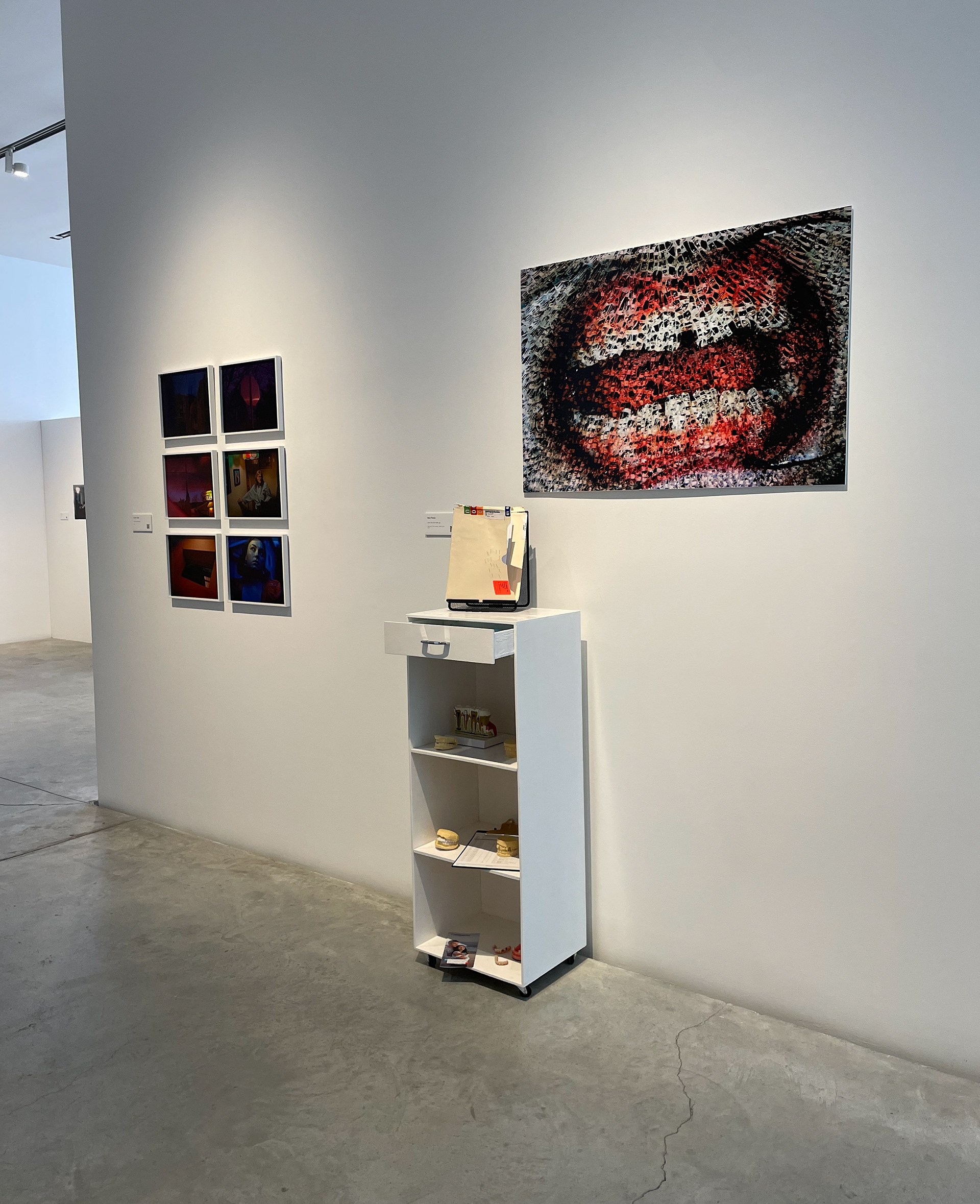Mr. Johnson is missing almost all of his teeth. He tells me so with a laugh, and his grin is endless — deep like a black hole, except for two incisors and a canine that never meet. They are star-crossed lovers in the mass of space. His dentist reprimands him for the state of his mouth and Mr. Johnson still jokes, pulling his pockets inside out to show how empty they are. I’ve seen plenty of people just like Mr. Johnson throughout my life, and familiarized myself with their stories even more after I started working in the dental office. My job there consisted of printing out patient schedules and scouring endless charts to be scanned into the new paperless system. The images and information filed in these charts exposed disparities in oral health care based on race, socioeconomic status/class, and American beauty standards in extremely illuminating ways. These disparities inform my thesis project, which explores the dental practice as a structure of inequity and trauma, as well as a place of care and intimacy.
In between drills and mirrors, patients confront their biggest fears and expectations, hoping to solve the one problem that might guarantee them confidence, love, wellness, and even a secure wage. Throughout the making of this book, I questioned: What is the role of dentistry in the United States? Who exactly gets to invest in dental care and what do they look like? Where do our dental beauty standards come from? What is the root of dental fear or dental shame? This exploration reflects my desire to unpack these questions as well as pinpoint what teeth mean to us throughout our lives and even after death.



